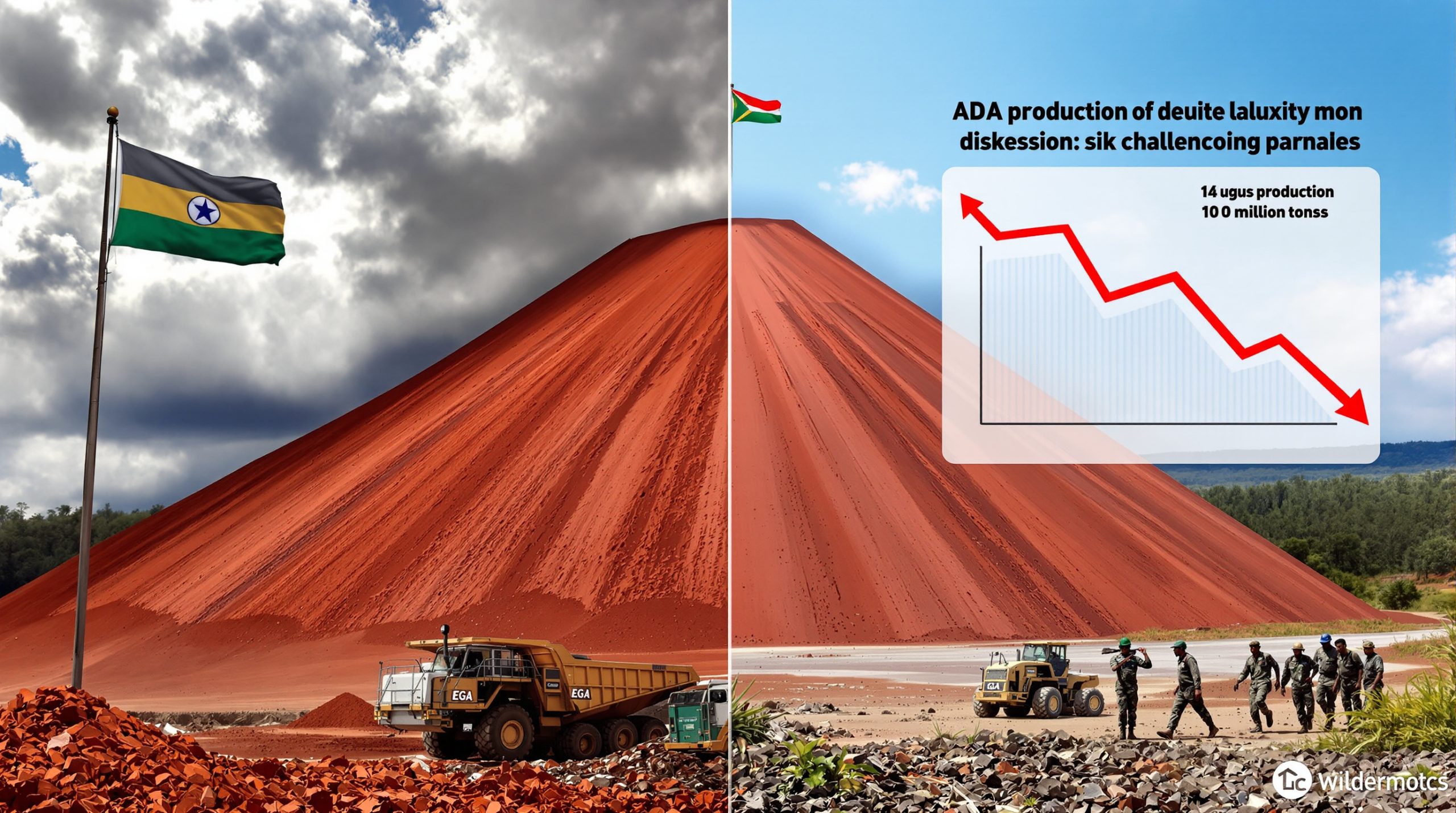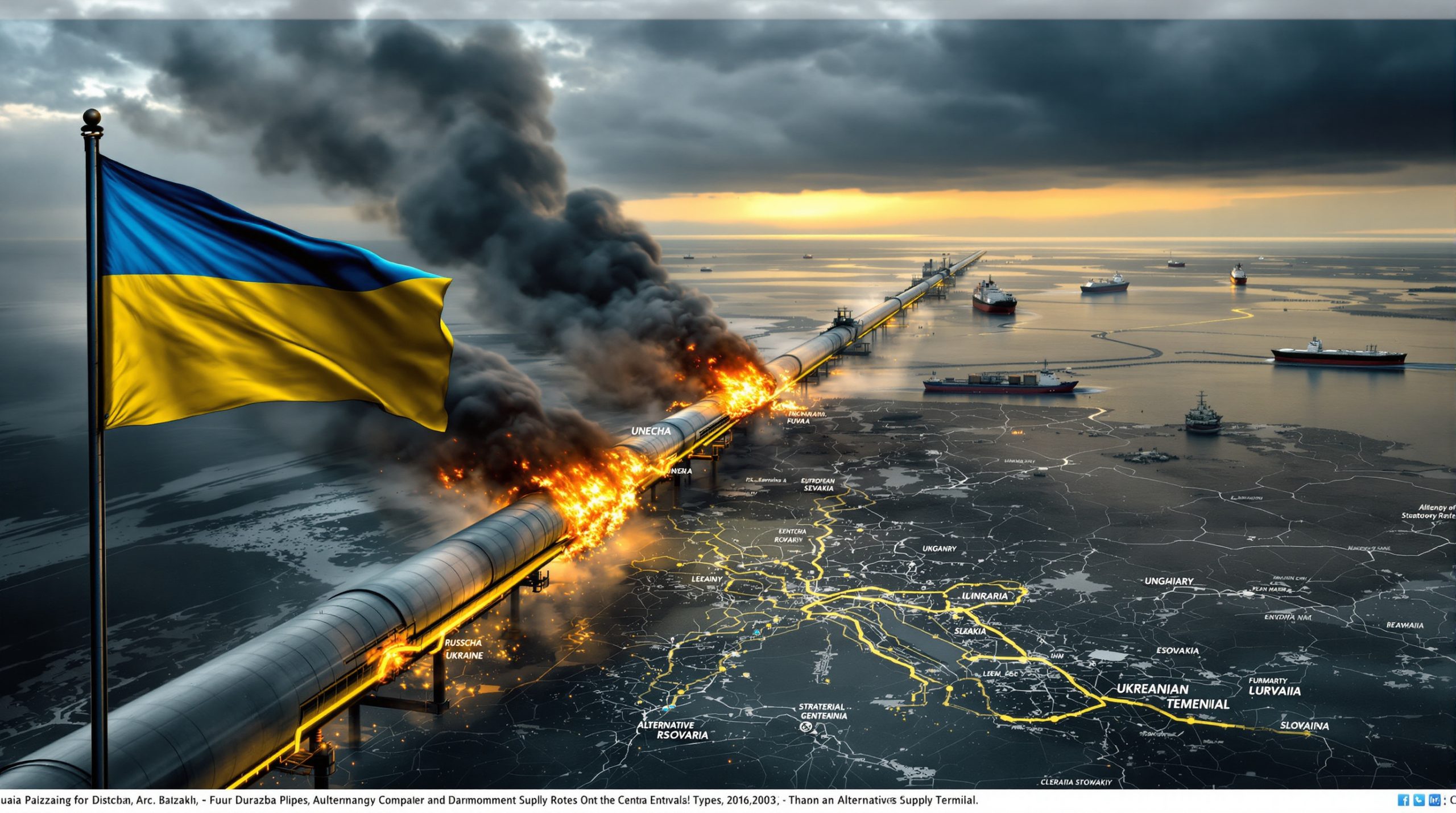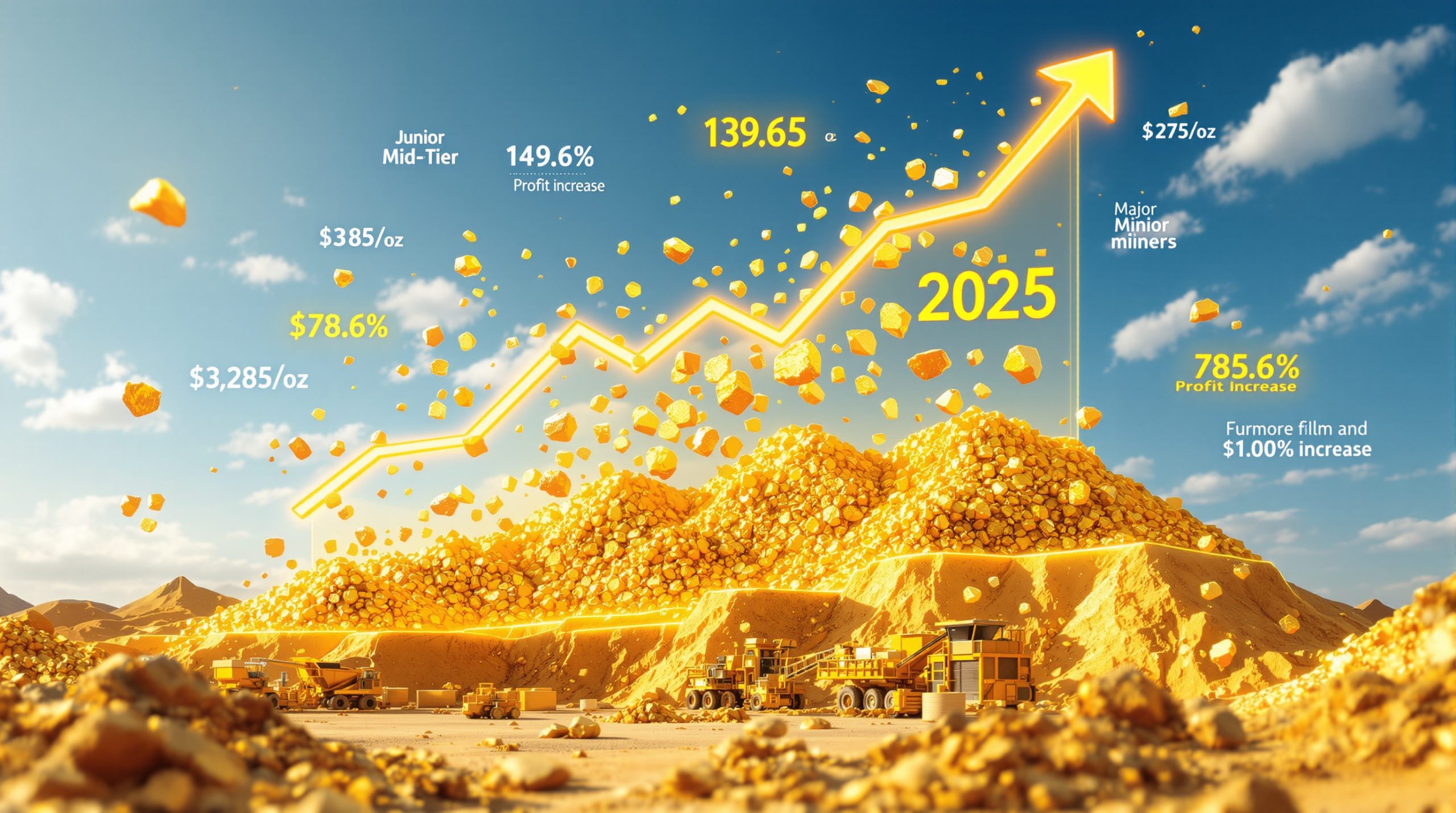Understanding Crude Oil Prices Today: Market Dynamics and Key Factors
Oil prices continue to demonstrate remarkable volatility in global markets, with recent developments highlighting the complex interplay of geopolitical tensions, supply constraints, and evolving demand patterns. Understanding these dynamics is essential for investors, traders, and industry stakeholders navigating the current landscape of crude oil prices today.
What Are the Current Crude Oil Price Trends?
The crude oil market is experiencing significant daily fluctuations while maintaining marginal weekly gains, as various global benchmarks respond differently to regional supply-demand imbalances.
Latest Price Movements
WTI crude is currently trading at $68.20 per barrel, up 2.45% in the last 24 hours, while Brent crude stands at $70.17, gaining 2.23%. These modest rebounds come after several days of downward pressure, demonstrating the market's ongoing volatility amid complex global conditions. The price recovery indicates resilience despite bearish factors that had previously driven crude oil prices today to recent lows.
Key Statistics at a Glance:
- WTI Crude: $68.20/barrel (+2.45% daily)
- Brent Crude: $70.17/barrel (+2.23% daily)
- Weekly performance: Marginal gains after significant fluctuation
Global Benchmark Comparisons
Different crude oil benchmarks are performing variably across regions, reflecting localized market conditions. While WTI and Brent show upward movement, Louisiana Light has declined 2.51% to $70.58 per barrel. Conversely, Murban Crude has gained 1.50%, trading at $71.20 per barrel.
These divergent oil price movements highlight how regional factors—including refining capacity, transportation constraints, and quality differentials—create unique pricing environments across global markets. The spread between benchmarks offers valuable insights into regional supply-demand dynamics and logistical challenges facing traders.
Analyst Note: The divergence between U.S. and Middle Eastern crude benchmarks suggests regional supply dynamics are increasingly disconnected, with transportation bottlenecks exacerbating price differences.
Why Are Oil Prices Rising Today?
Several significant factors are driving the current upward trend in crude oil prices, with geopolitical tensions playing a particularly prominent role.
Geopolitical Risk Premium
The recent uptick in crude prices can be largely attributed to heightened geopolitical tensions, particularly the resurgence of Houthi missile attacks disrupting vital Red Sea shipping lanes. These attacks have created a substantial "risk premium" in oil prices as markets price in potential supply disruptions.
Insurance costs for vessels traversing this critical trade route have more than doubled, with war risk premiums jumping from 0.3% to 0.7% of vessel value in just one week. The sinking of two Greek-owned bulkers has intensified concerns, forcing shipping companies to reroute vessels around Africa's Cape of Good Hope—adding approximately 14 days to voyage times and significantly increasing transportation costs.
Impact on Global Trade:
- 12% of global seaborne oil trade passes through the Red Sea
- Shipping rerouting adds 7,000+ nautical miles to Europe-Asia voyages
- Additional fuel, crew, and insurance costs are being passed to consumers
Tariff Delay Impact
The postponement of expected tariff announcements by the U.S. administration has provided temporary relief to commodity markets, including oil. The White House has pushed the decision-making deadline to August 2025, averting what analysts described as "the commodity markets' worst-case scenario."
Market participants had feared widespread tariffs on global imports, which could significantly impact trade flows, economic growth, and ultimately oil demand. The delay has removed immediate downward pressure on prices, allowing geopolitical concerns to drive the current upward momentum. Many experts expect this delay to prevent an oil price crash that some had feared might occur with immediate implementation of tariffs.
Market Anticipation of Announcements
Oil traders are closely monitoring an anticipated "major" Russia announcement expected on Monday, which has contributed to the bullish sentiment. This anticipation, combined with ICE Brent crude maintaining levels around $70 per barrel, indicates that traders are pricing in potential developments that could further tighten supply.
The market's forward-looking nature means that speculation about future announcements—whether related to production adjustments, export policies, or geopolitical developments—can move prices even before actual changes materialize.
How Do OPEC+ Decisions Affect Current Oil Prices?
OPEC+ decisions continue to be a critical factor in global oil market dynamics, with recent developments highlighting the group's ongoing influence on supply and pricing.
OPEC's Long-Term Outlook
In its 2025 World Oil Outlook, OPEC has projected global oil demand to reach 122.9 million barrels per day by 2050, representing an increase of more than 19 million barrels per day over the next 25 years. This forecast is primarily based on anticipated growth in developing regions, particularly India, Africa, and the Middle East.
The projection suggests OPEC sees sustained long-term demand despite energy transition efforts, informing the group's strategic approach to production management. This outlook shapes current production decisions as OPEC+ aims to balance near-term market conditions with long-term demand expectations. The organization's OPEC market influence continues to be a decisive factor in global energy pricing.
UAE Production Capacity Expansion
The United Arab Emirates has signaled its readiness to significantly increase production capacity, with Energy Minister Suhail al-Mazrouei announcing that the country could potentially produce 6 million barrels per day by 2027—nearly double its current output of approximately 3.2 million barrels per day.
"The UAE could be producing 6 million barrels per day by 2027 if required," stated al-Mazrouei, highlighting the country's ambitious expansion plans.
This statement comes as OPEC+ begins unwinding its voluntary production cuts, potentially increasing global supply. The UAE's capacity expansion plans introduce an important variable in the OPEC+ equation, potentially altering internal group dynamics and production balance over the coming years.
Saudi Arabia's Export Strategy
Saudi Arabia has increased its crude oil exports by 400,000 barrels per day in April, demonstrating the kingdom's strategic flexibility in responding to market conditions. This adjustment reflects Saudi Arabia's role as the group's swing producer, with the ability to fine-tune export volumes to influence market balance.
Additionally, Chinese refiners have maximized imports of Saudi barrels, nominating 51 million barrels for August loading—the highest monthly request since April 2023. This robust demand persists despite Saudi Aramco raising formula prices by more than $1 per barrel, highlighting Saudi Arabia's continued pricing power in key markets.
What Regional Factors Are Influencing Oil Markets?
Regional dynamics are creating divergent conditions across global oil markets, with significant implications for crude oil prices today.
European Refining Challenges
Europe faces significant diesel market disruptions, with the July pricing spread between Asian and European diesel prices widening to $120 per metric tonne—the widest gap since October 2022. This extraordinary price divergence reflects structural challenges in the European refining sector.
The bankruptcy of the UK's Lindsey refinery has exacerbated regional supply constraints, forcing Northwest European refiners to pay premium prices for available spot cargoes. This situation highlights Europe's refining capacity limitations and increasing dependence on imports—a vulnerability that impacts crude demand and pricing throughout the region.
European Refining Capacity Changes:
- Gunvor's 80,000 bpd Europoort refinery in Rotterdam: Operations halted
- UK's Lindsey refinery: Bankruptcy proceedings underway
- Overall European capacity: Declining by approximately 3% annually
Nigeria's Domestic Supply Transition
Africa's largest private refiner, Nigeria's Dangote refinery, plans to transition fully to locally sourced crude by year-end 2025, moving away from imported U.S. WTI crude. The facility currently sources 270,000 barrels per day locally out of its total 450,000 barrels per day capacity.
This transition represents a significant shift in regional supply dynamics, potentially reducing Nigeria's crude exports by redirecting production to domestic refining. The Dangote refinery's rising local crude consumption will alter West African export patterns and could impact global light sweet crude availability.
North American LNG Developments
The U.S. LNG sector continues to attract international investment, with Saudi Aramco reportedly in discussions with Commonwealth LNG to secure 2 million tonnes of LNG annually from its planned Louisiana facility. The company is also evaluating opportunities with Delfin LNG and Lake Charles LNG projects.
These developments highlight the growing integration between oil and gas markets globally, as traditional oil powers diversify their energy portfolios. The expansion of U.S. LNG export capacity could influence natural gas pricing, which in turn affects fuel switching between oil and gas in various applications. Many analysts are closely monitoring these LNG market implications for their potential impact on broader energy markets.
How Are Supply Disruptions Affecting Price Stability?
Supply disruptions across various regions are creating significant price volatility, with several key factors currently impacting market stability.
Red Sea Shipping Concerns
The escalation of Houthi attacks in the Red Sea has created significant shipping disruptions, forcing vessels to take longer alternative routes. This not only increases transportation costs but also extends delivery times for crude oil and refined products, contributing to market uncertainty and price volatility.
The situation introduces a substantial risk premium into crude oil prices today, as traders factor in potential supply chain disruptions. With approximately 12% of global seaborne oil trade transiting the Red Sea and Suez Canal, continued disruptions could lead to localized shortages and further price volatility in certain markets.
Quality Issues in U.S. Gulf Production
Differentials for the U.S. medium sour benchmark Mars crude have declined to a $0.10 per barrel discount to WTI following reports of zinc contamination. This corrosive metal contamination makes the crude more difficult for refiners to process, as it can damage equipment and increase maintenance costs.
The quality issues highlight how technical factors beyond simple supply-demand balances can impact regional pricing. Refiners may require price incentives to process contaminated crude, affecting regional differentials and potentially altering crude sourcing patterns until quality issues are resolved. These challenges come amid a broader US production decline that has been concerning market analysts.
LNG Terminal Delays
Egypt's LNG import capabilities have been constrained by delays in launching two new Floating Storage and Regasification Units (FSRUs). Several LNG suppliers with term deals have postponed their July deliveries, with both Energos Power and Energos Eskimo receiving their cool-down cargo only recently.
These infrastructure bottlenecks demonstrate how the integration of global energy systems creates spillover effects between markets. Delays in gas infrastructure can increase oil demand for power generation, creating unexpected support for crude prices in affected regions.
What Are the Key Market Indicators to Watch?
Several critical indicators provide insights into likely price movements in the oil market, helping stakeholders navigate the current volatility.
Inventory Levels and Production Data
Recent reports indicate a spike in crude oil inventories, which has tempered the price rally. These inventory builds suggest that supply currently exceeds demand in certain regions, creating downward pressure on prices despite geopolitical concerns.
Traders closely monitor weekly inventory reports from the U.S. Energy Information Administration (EIA) and other global sources to gauge market balance. Unexpected builds or draws can trigger significant price movements as traders adjust positions based on changing supply-demand fundamentals.
Inventory Analysis Framework:
- Commercial crude inventories vs. 5-year average
- Regional variations (U.S., Europe, Asia)
- Product inventories (gasoline, distillates, jet fuel)
- Strategic petroleum reserves movements
Refining Margins and Capacity Utilization
Global refining dynamics show mixed signals, with some facilities closing while others expand. Commodity trader Gunvor has halted all terminal activities at its Europoort oil refinery in Rotterdam, Netherlands, seven months after mothballing the processing units at the 80,000 barrels per day plant.
These capacity adjustments reflect ongoing challenges in maintaining profitable refining operations in certain regions. Refining margins (the difference between crude input costs and refined product values) serve as a key indicator of industry health and potential future crude demand.
Currency Movements and Interest Rates
The strength of the U.S. dollar continues to influence oil prices, as crude is predominantly traded in dollars. Currency fluctuations affect the purchasing power of oil-importing nations, while interest rate expectations impact investment flows into commodity markets.
Dollar strength typically correlates with oil price weakness, as it makes crude more expensive for holders of other currencies. Traders watch central bank policies closely, particularly Federal Reserve decisions that might influence dollar valuation and, consequently, oil pricing.
What Is the Outlook for Crude Oil Prices?
The future trajectory of crude oil prices depends on several key factors, with analysts monitoring both short-term catalysts and longer-term structural trends.
Short-Term Price Projections
Analysts anticipate continued price volatility in the near term, with geopolitical tensions providing support while concerns about global economic growth create headwinds. The postponement of tariff decisions until August creates a window of uncertainty that could lead to price swings as market participants adjust positions based on evolving economic signals.
The potential Russian announcement expected Monday could trigger significant price movements, depending on its nature and market interpretation. Traders remain cautious, balancing bullish geopolitical factors against bearish economic concerns.
Potential Supply Adjustments
OPEC+ members' compliance with production agreements will remain crucial for market stability. The UAE's statements about potential production increases signal the group's readiness to adjust supply if market conditions warrant.
Meanwhile, Nigeria's Dangote refinery transition to local crude supply by year-end could alter regional export patterns. The redirection of 270,000 barrels per day (potentially rising to 450,000 bpd) from export markets to domestic refining represents a significant shift in West African crude flows.
Demand Recovery Scenarios
The pace of global economic growth, particularly in major consuming regions like China, Europe, and the United States, will significantly influence demand recovery. China's continued leadership in renewable energy deployment, with expanding wind and solar capacity, suggests a gradual transition that could moderate oil demand growth in the long term despite near-term increases.
OPEC's projection of 122.9 million barrels per day demand by 2050 indicates the organization's confidence in oil's long-term relevance, even as energy transition efforts accelerate. This forecast assumes significant growth in developing regions offsetting potential declines in established markets.
How Do Regulatory Changes Impact the Oil Market?
Regulatory decisions continue to shape market dynamics, with several key developments currently influencing crude oil prices today.
EU Price Cap Proposals
The European Commission has proposed implementing a floating price cap on Russian oil, adjusted based on global price movements. This follows an earlier suggestion to lower the cap from $60 to $45 per barrel, which failed to gain sufficient support.
These regulatory efforts aim to limit Russian oil revenue while maintaining global supply stability. The transition from a fixed to a dynamic cap mechanism represents an evolution in the EU's approach, potentially creating more flexible market conditions while still maintaining pressure on Russian export revenues.
Environmental Regulations and Infrastructure
The European Union faces a €250 billion gap in grid investment plans, highlighting the challenges of energy transition. This infrastructure deficit could slow the pace of renewable energy integration, potentially sustaining oil demand for longer than previously anticipated.
Meanwhile, the EU has endorsed eased natural gas storage targets, reflecting a pragmatic approach to energy security amid ongoing geopolitical tensions and supply uncertainties. These policy adjustments demonstrate how energy security concerns can modify regulatory approaches, even amid long-term decarbonization goals.
Trade Policy Implications
The potential implementation of tariffs on Brazilian goods, including a possible 50% tariff despite a $7.4 billion trade surplus, could have spillover effects on energy markets. While primarily affecting agricultural commodities like coffee, such trade tensions illustrate how broader economic policies can indirectly impact energy market sentiment and trade flows.
Trade policies increasingly influence energy markets through their effects on economic growth, shipping costs, and industrial activity. The postponement of U.S. tariff decisions until August provides temporary relief but maintains uncertainty that may constrain longer-term investment decisions.
Frequently Asked Questions About Oil Prices
Why do WTI and Brent crude prices differ?
WTI (West Texas Intermediate) and Brent crude represent different quality specifications and geographic origins. WTI is primarily produced in the U.S. and has lower sulfur content (0.24%) compared to Brent (0.37%), making it technically "sweeter" and easier to refine into high-value products.
Transportation logistics also play a crucial role. WTI is landlocked in Cushing, Oklahoma, while Brent is extracted from North Sea fields with direct access to waterborne transportation. This accessibility difference creates transportation cost disparities that influence pricing. Additionally, regional supply-demand balances can periodically widen or narrow the spread between these global benchmarks.
How do geopolitical events affect oil prices?
Geopolitical tensions in oil-producing regions or along major shipping routes can create supply disruption fears, leading to risk premiums in pricing. The current Houthi attacks in the Red Sea exemplify this dynamic, with insurance costs doubling and shipping companies forced to reroute vessels, adding time and expense to oil transportation.
Market psychology plays a significant role in these situations
Seeking Instant Alerts on Major ASX Mineral Discoveries?
Discover how Discovery Alert's proprietary Discovery IQ model provides real-time notifications of significant mineral discoveries on the ASX, giving you an immediate edge in the market. Visit the Discovery Alert discoveries page to explore historic returns from major mineral discoveries and start your 30-day free trial today.




